Pricing, Fuel Economy Revealed for Toyota Camry AWD

An all-wheel-drive vehicle will reappear early this spring after a decades-long absence, tempting those who demand a sure-footed sedan with untold amounts of badge and nameplate loyalty.
While the Toyota Camry AWD might arrive too late to tackle our current winter, the future is a blank slate, ready to be filled with instances of snow-flinging fun. Perhaps a dirt road race against a Subaru Legacy driver is in the cards.
As the Camry AWD heads to dealerships, Toyota has revealed pricing and fuel economy for the intriguing model.
As reported by Motor1 following a first drive event, adding AWD to either the LE, XLE, SE, or XSE trims is a $1,500 proposition, though changes in content actually makes the difference $1,400 when directly compared. A base Camry LE AWD starts at $26,370 before destination. The sportier (in appearance, mostly) SE starts at $27,570, with the lineup topping out at the $31,405 XSE.
Generally, the AWD models are a carbon copy of what’s offered in FWD; the only difference being a small “AWD” badge and, obviously, the underbody driveline components gathered from the RAV4 and Highlander. The same 2.5-liter four-cylinder and eight-speed automatic can be found in all trims (no V6 option here), though the XSE version makes an extra 3 horsepower (205 hp total) thanks to a dual exhaust.
When announced, Toyota claimed it didn’t expect much of a fuel economy penalty with AWD. An electromagnetically controlled coupling on the front of the rear axle severs the link to the propshaft when the rear wheels aren’t required for motivation, aiding the model’s thirst. That said, the system does automatically engage when starting out from a stop, as that’s when front-end slip would most likely be detected. As well, all AWD models see a slight (0.2-inch) boost in ground clearance.
Figures put out by Toyota now show that the MPG loss isn’t exactly miniscule.
The automaker rates the LE and XLE versions at 25 mpg city, 34 mpg highway, and 29 mpg combined. SE and XSE models see a 1 mpg drop in combined economy, to 28 mpg. In contrast, the FWD Camry LE and SE earn an EPA rating of 28 city, 39 highway, and 32 combined. That’s a 3 mpg combined drop for the base AWD model and a 4 mpg drop for the SE.
The FWD XLE and XSE are rated at 27/38/31, meaning a 2 and 3 mpg combined drop for their AWD counterparts, respectively. If highway cruising’s your bag, LE and SE AWD customers will notice the greatest fuel economy drop — a loss of 5 mpg on the open road.
[Image: Toyota]

More by Steph Willems
Latest Car Reviews
Read moreLatest Product Reviews
Read moreRecent Comments
- Jkross22 Meant to ask.... what's the best oil to use in a popcorn popper? I've been wanting to try peanut oil, but can't find anything smaller than the huge container at smart n final.
- Ajla A union fight? How retro 😎
- Analoggrotto Finally, some real entertainment: the Communists versus the MAGAs. FIGHT!
- Kjhkjlhkjhkljh kljhjkhjklhkjh *IF* i was buying a kia.. (better than a dodge from personal experience) .. it would be this Google > xoavzFHyIQYShould lead to a 2025 Ioniq 5 N pre-REVIEW by Jason Cammisa
- Analoggrotto Does anyone seriously listen to this?

















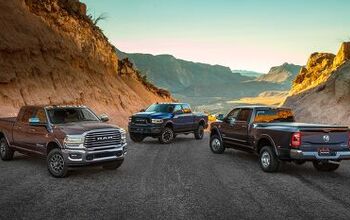


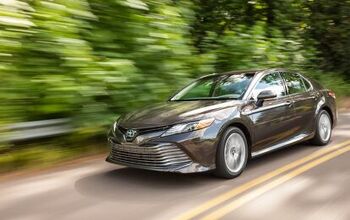

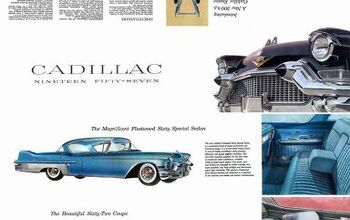


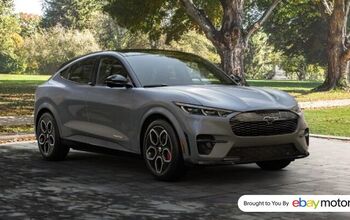




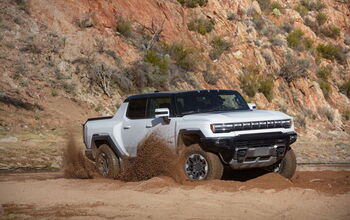


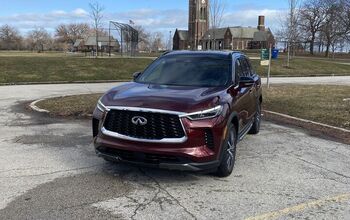
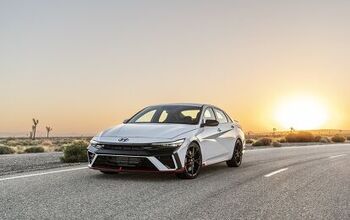
Comments
Join the conversation
EPA number decreases and MPG losses, are only tangentially related. Along the lines of EPA numbers = MPG +- 0-20%, depending on how obsessively the tuning has been done specifically to look good on EPA tests. No amount of EPA tweaking a Tundra, will make it match a Prius, but +- 3-5mpg is perfectly achievable by optimizing for EPA.
Observation: Rack up sales increases like Subaru has been doing, and even Toyota will notice. http://carsalesbase.com/us-car-sales-data/subaru/